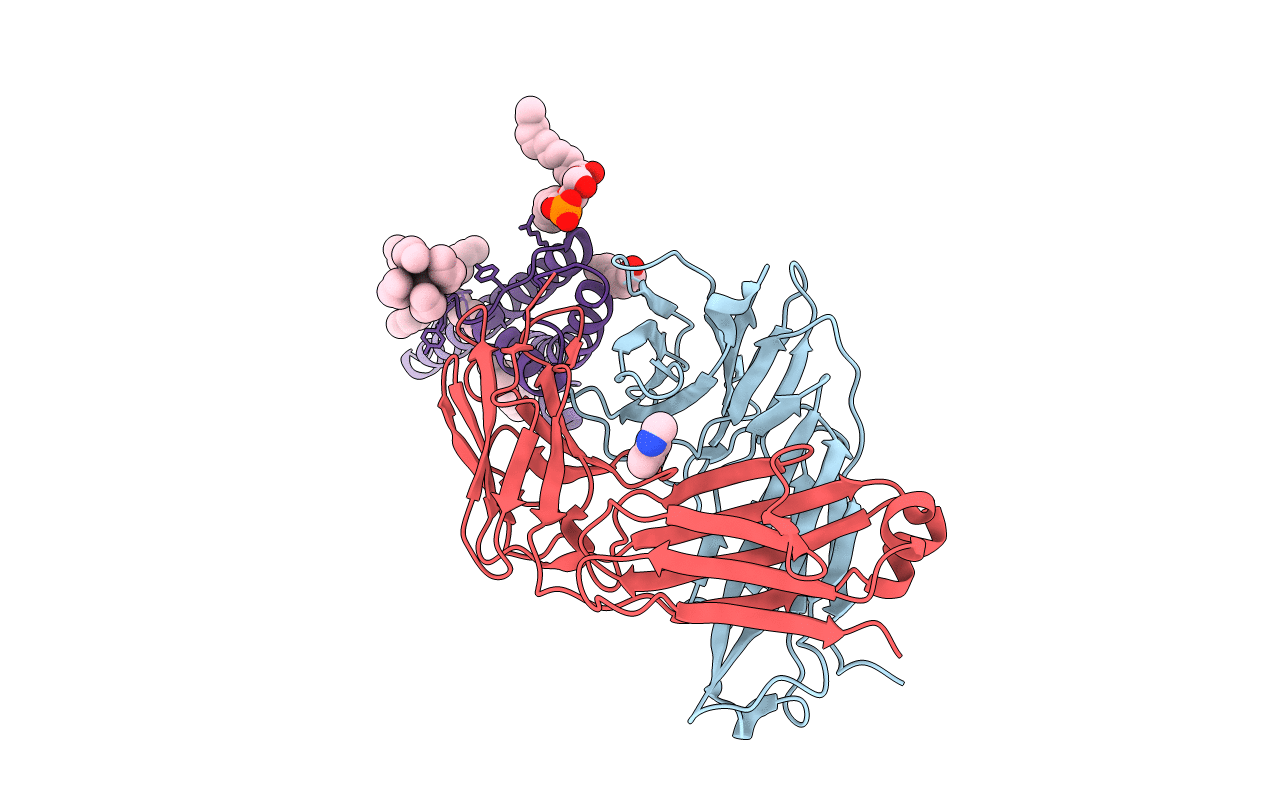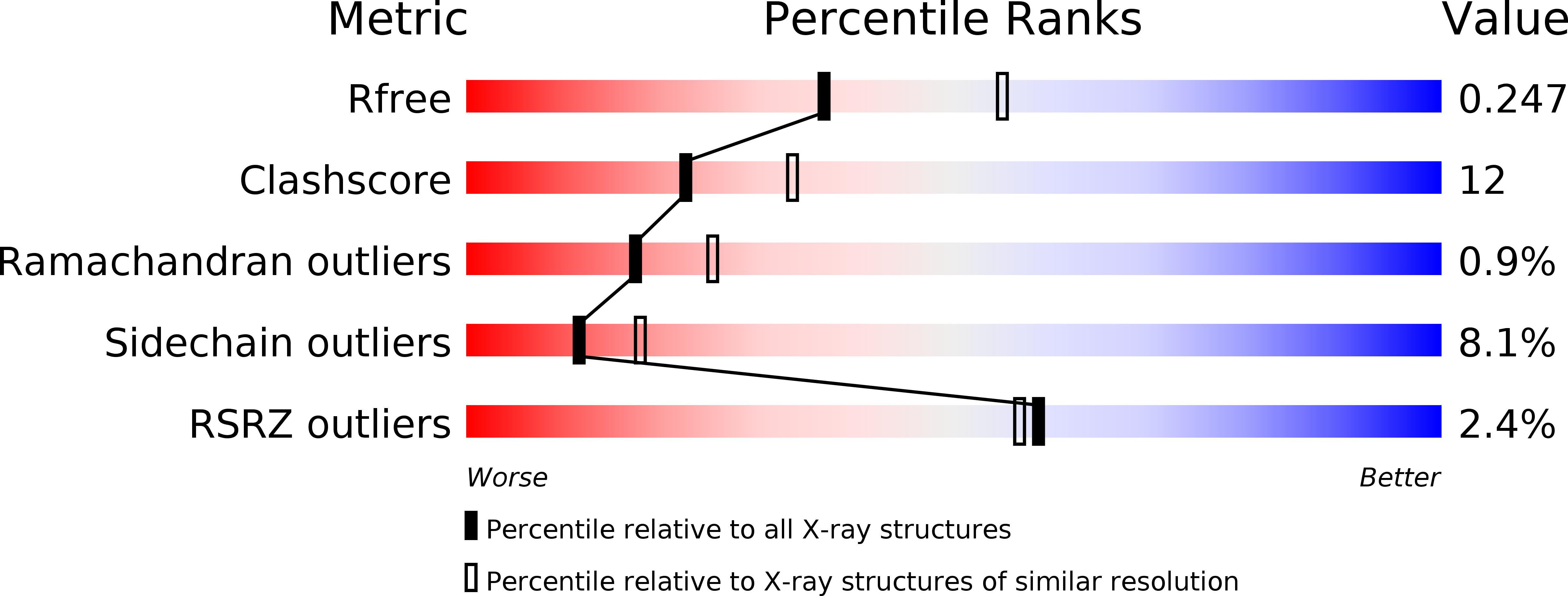
Deposition Date
2014-07-29
Release Date
2014-08-27
Last Version Date
2024-10-16
Entry Detail
PDB ID:
4UUJ
Keywords:
Title:
POTASSIUM CHANNEL KCSA-FAB WITH TETRAHEXYLAMMONIUM
Biological Source:
Source Organism:
MUS MUSCULUS (Taxon ID: 10090)
STREPTOMYCES LIVIDANS (Taxon ID: 1916)
STREPTOMYCES LIVIDANS (Taxon ID: 1916)
Host Organism:
Method Details:
Experimental Method:
Resolution:
2.40 Å
R-Value Free:
0.24
R-Value Work:
0.19
R-Value Observed:
0.19
Space Group:
I 4


